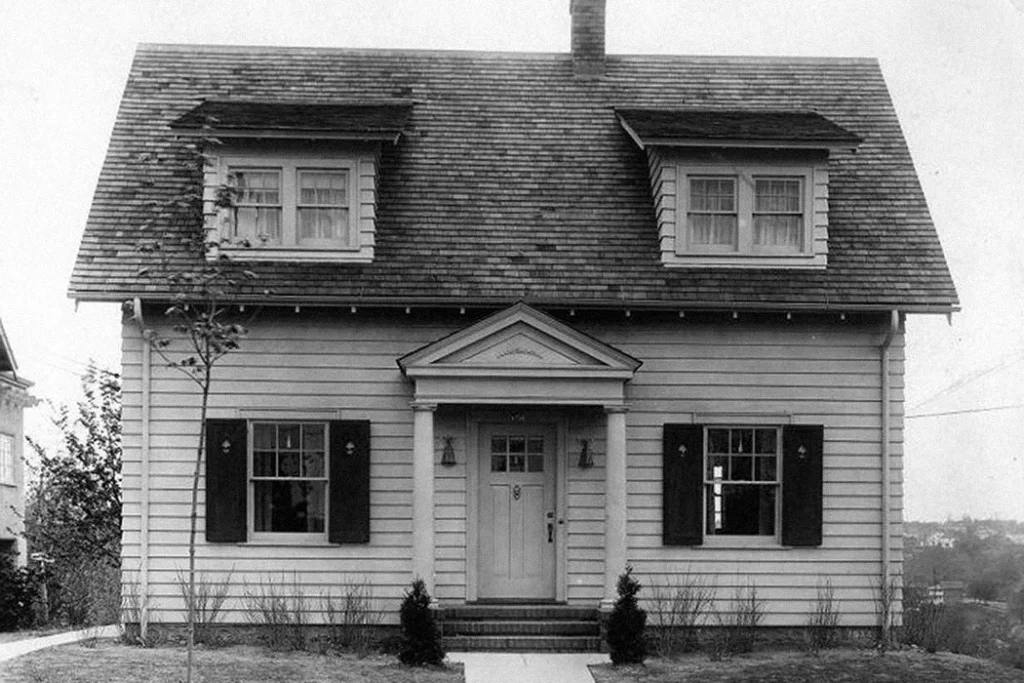 An Western Michigan University shows that the tiny house trend isn’t new. “In the 1920s, sociologist and social reformer Caroline Bartlett Crane (1858 – 1935) designed and promoted what we would now consider a tiny home as part of a larger effort to provide adaptable, affordable housing in the United States,” writes S. N. Johnson-Roehr in JSTOR Daily.
An Western Michigan University shows that the tiny house trend isn’t new. “In the 1920s, sociologist and social reformer Caroline Bartlett Crane (1858 – 1935) designed and promoted what we would now consider a tiny home as part of a larger effort to provide adaptable, affordable housing in the United States,” writes S. N. Johnson-Roehr in JSTOR Daily.
Crane, was a Unitarian minister, suffragist, civic reformer, educator and journalist, was known as “America’s housekeeper” for her efforts to improve urban sanitation.
In 1910, she was consulting for the City of Rochester on municipal services, which resulted in A Sanitation Survey of Rochester, New York (1911).
According to Nancy J. Rosenbloom’s 2019 New York History journal article “A Model Tenement in ‘The City of Homes’: George Eastman and the Challenge of Housing Reform in Rochester, New York,” Crane was angry about “accumulations of garbage, inadequate fire protection, and over-crowded boardinghouses” in Rochester’s tenements.
 In response, she proposed small “freestanding houses close to transportation lines.” “She explained that these freestanding houses had the advantage of being near a streetcar line and were affordable, selling for $2,275. Families built equity with a $150 down payment and weekly payments of $5.00,” according to Rosenbloom.
In response, she proposed small “freestanding houses close to transportation lines.” “She explained that these freestanding houses had the advantage of being near a streetcar line and were affordable, selling for $2,275. Families built equity with a $150 down payment and weekly payments of $5.00,” according to Rosenbloom.
A 1924 house design based in part on what she learned in Rochester – with a 638-square-foot footprint – was the first place winner from more than 1,000 entries in the Better Homes in America contest.
In Everyman’s House (with a forward by Herbert Hoover), a follow-up book published the next year, Crane offered a design for her “space-saving, step-saving, time-saving, money-saving small house.”
Perhaps ironically, Crane died on March 24, 1935 from injuries resulting from a fall in her home after suffering a stroke.
You can view a collection of photos and other materials about Crane and her version of the tiny house through Making of Modern Michigan.
Illustrations, from above, courtesy Western Michigan University: A front exterior view of an Caroline Bartlett Crane’s Everyman’s House, ca. 1925; and the home’s elevation drawings.


